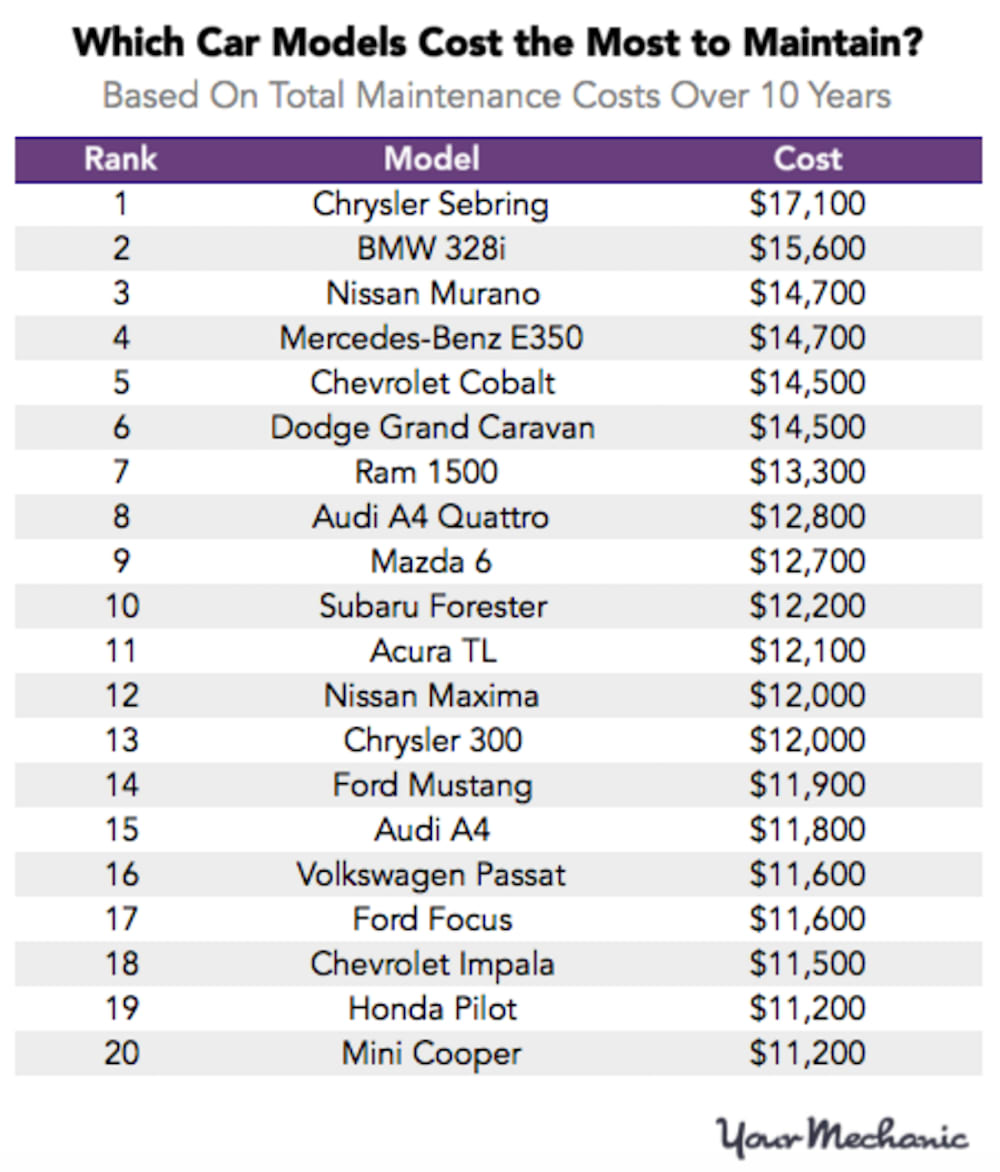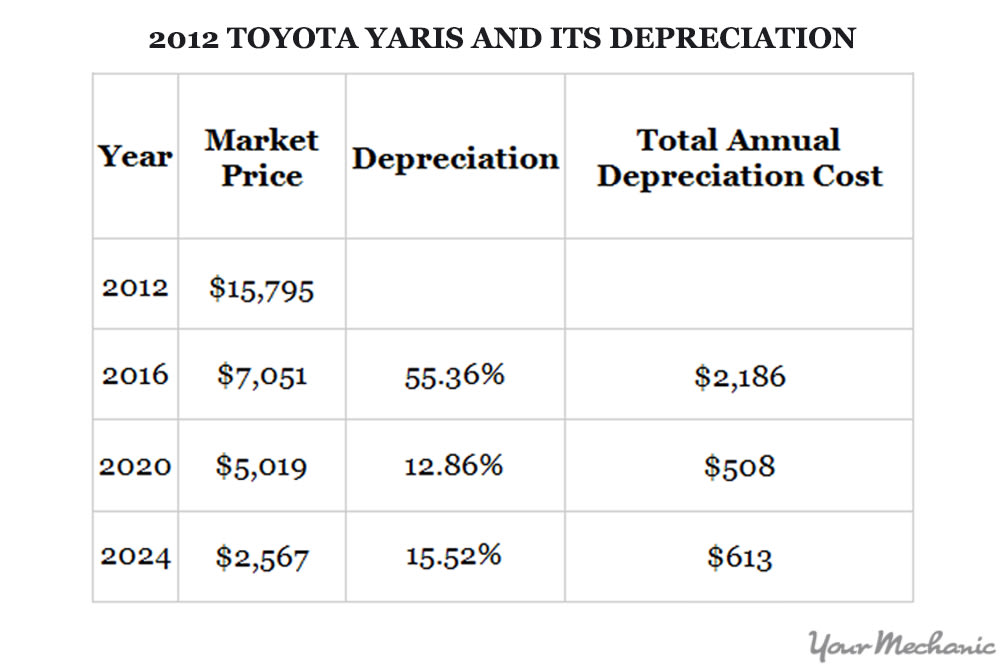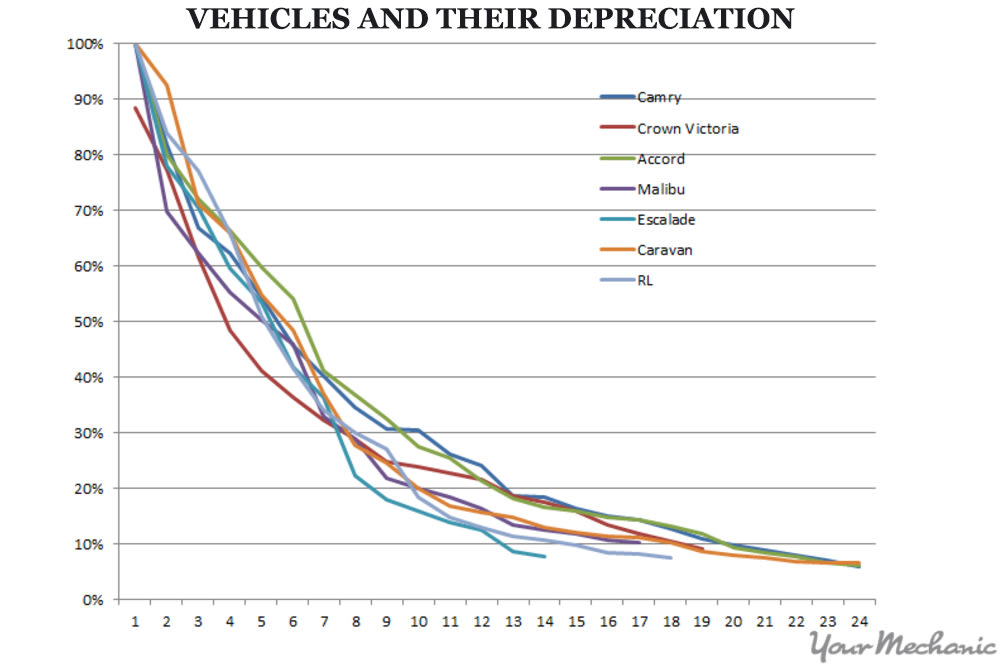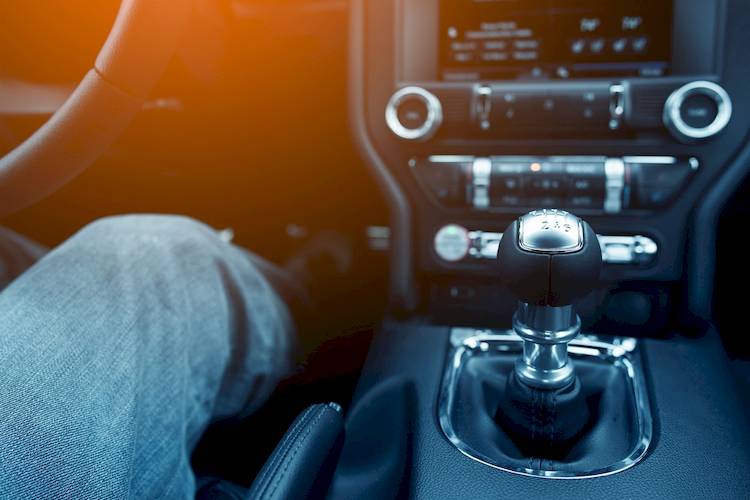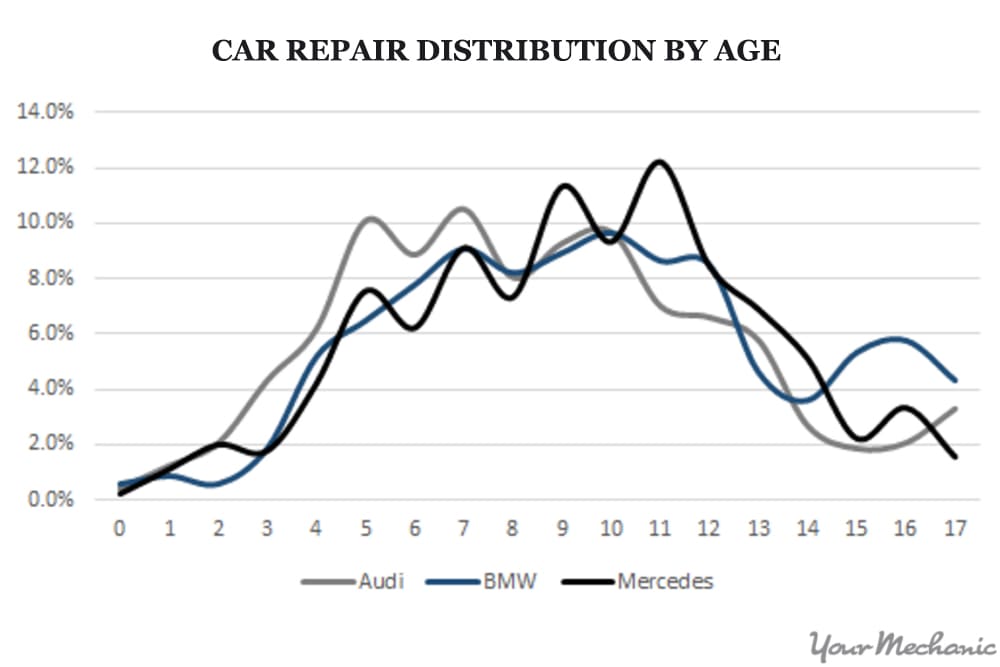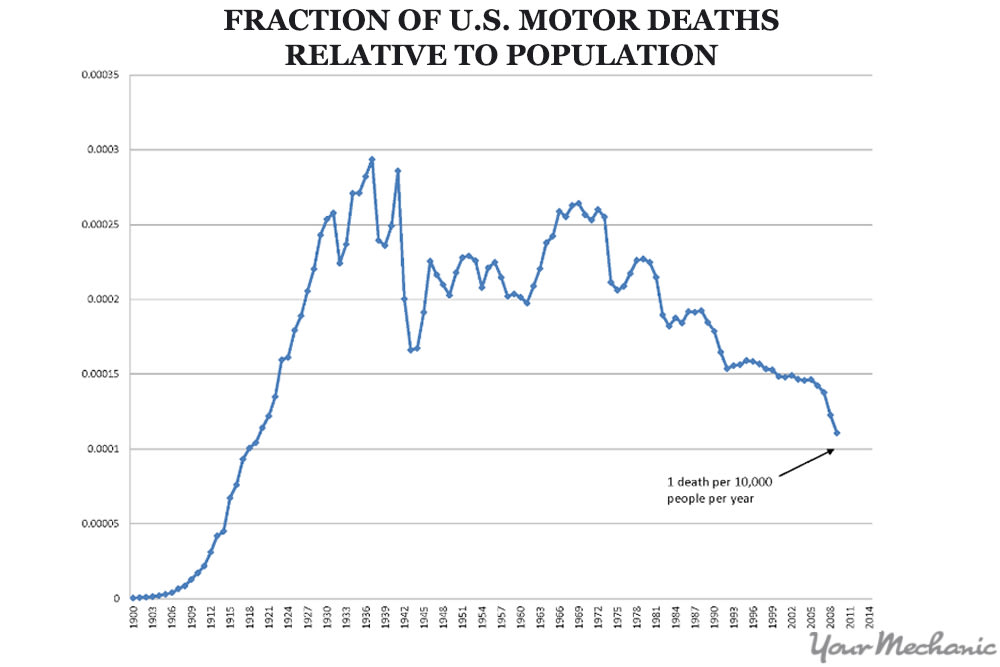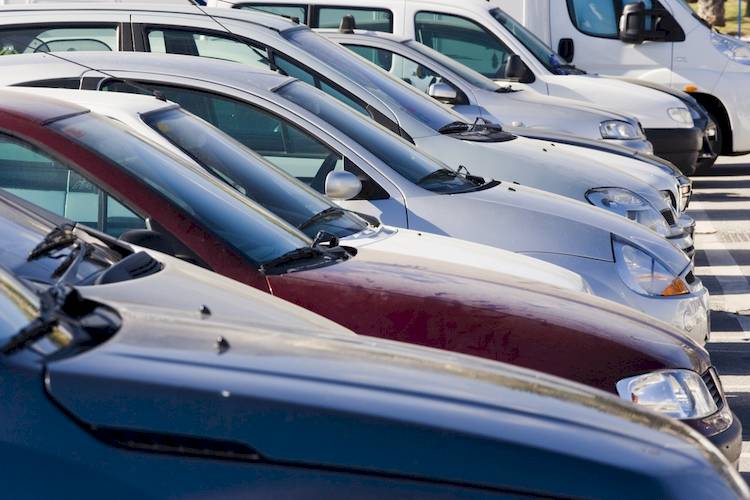

Money isn’t everything. But then again, a car that constantly requires you to spend your money is really not worth having.
This is true from the moment you sign the papers and become a car owner, to that final fateful day you hand over the keys. There are three key ingredients to your cost of ownership: your purchase price, maintenance costs, and that final price you get for your car once you sell it.
Maintenance, what you pay between the buy and the sell to keep your car on the road, is the most important ingredient of all. Even with the same size vehicle, the difference in maintenance costs can be astounding.
We have chronicled the most common repairs and maintenance needs for over 500 models that are available in the new and used car markets - from Acuras and Audis, to Volvos and Volkswagens. The difference is in the quality.
Over 10 years of ownership, the Toyota Prius will likely cost you only about $4,300 in maintenance costs (repair and upkeep) while the Chrysler Sebring, which is similar in size can rack up over $17,000 in maintenance due to bad overall quality and expensive parts. That’s about enough to pay for another older Prius!
The Toyota Prius doesn’t have a laundry list of items that commonly go bad on a low-quality car such as the Chrysler Sebring. That’s actually good news. Maintenance costs can be controlled by buying the right cars and taking care of the little problems before they become big ones.
We all age - people and machines. But we also need to make those investments in ourselves and our things last for the long haul. So what are the least expensive cars to own? The real answer is, “It depends.”
There are tons of total cost of ownership studies, also known as TCO studies, that focus on a five year time frame for a brand new car. The problem is that most folks out there buy used cars by a greater than 2 to 1 ratio, and then, on average, keep it for approximately six years after that initial purchase. In fact, the overall average car on the road is now a jaw dropping 11.5 years old according to IHS Automotive.
Think about that. Over 11 years is just the average age for a car in the United States. If you decide to buy what you love these days, chances are you can easily keep it for a far longer period of time than just 11 years.
So, when you calculate your real, total cost of ownership, recent studies are well thought out, but they may not really apply to you at all. To find out the better answer to the question, “Which cars are the least expensive for me to own?”, you need to give yourself a gut check and ask yourself a few uncomfortable self-guided questions.
Am I a trader? Or a keeper?
It’s not a bad thing to sample a different car every few years if that’s what brings joy in your life. But constant car shopping also happens to be an incredibly expensive hobby. Consumer Reports released a study that showed the average person who trades in their car after a few years pays several thousands more than the keeper who takes the long-term approach to owning and keeping one car.
Leasing in particular is always a losing proposition when it comes to ownership costs. Why? Because you’re owning the car during the steepest period of depreciation and, as you will soon find out, it’s depreciation that is the ultimate threat to your cost of owning a car.
Am I A-OK with an older car?
Depreciation is the mother of all automotive operating costs. Even if gas soars back to four dollars a gallon, depreciation still represents the biggest hit to the car owner’s wallet.
In general, the older a car is when you first buy it and the longer you own it, the less your costs will be in the long run thanks to a lower purchase price. The equation is straightforward but if you ask yourself the right questions, you may be able to lower your costs even more than you first imagined.
Am I willing to hit ‘em where they ain’t?
The older and more unpopular a car is now, the less it may cost later thanks to that depreciation cliff. Take, for example, the Toyota Yaris: A small and unpopular Toyota model that is scheduled to be eliminated at the end of 2016 due to poor sales.
Four years ago, the then brand-new 2012 Toyota Yaris barely sold 30,000 vehicles a year and was labeled by auto enthusiasts as a boring car. It had a lot of wonderful qualities including outstanding reliability and impressive city fuel economy - but it was designed with families in mind instead of those owners who craved a sporty small car. These days it’s often the escapist fantasy that sells a car better than the reality of daily ownership, and that’s where you, the used car shopper, can hit the low cost sweet spot.
When new in 2012, the Yaris sold for $15,795. Today, after four years and 70,000 miles, it will likely sell for only around $7,000 according to Kelley Blue Book. That’s a 55% drop in depreciation costs, nearly $8,000 in four years, for a car that likely has about 70% of its useful life ahead of it. As it ages, that annual depreciation cost will decrease by nearly 75% according to the Blue Book data.
Long story short, virtually all cars experience their greatest loss of value during their first four years of ownership. After that, you’re only losing a small fraction of value, even if the car you buy is a Toyota, which is currently the most popular brand in the United States. If you’re a truly frugal car shopper, though, you can do even better than that.
Am I willing to buy an unpopular brand that offers me a great car?
If you take a look at orphan brands, those brands that are no longer selling new cars, you can get an even better bang for your buck than that Toyota Yaris.
These have all become forgotten brands. This is because these brands are no longer selling new cars in the United States.
These brands are cheaper to purchase because nobody hears about them anymore. For example, a used Chevy Malibu is far more expensive to buy than a nearly identical Pontiac G6 or Saturn Aura because neither one of these two models is marketed as a new car anymore. The luxury side of the car market has the same value equation as well. An 8 to 10 year old SAAB luxury sedan, such as the 9-3 or 9-5, can surprisingly cost as little as a bare bones Toyota Corolla. While other upscale vehicles such as the Saturn Outlook and Mercury Milan are routinely hundreds to thousands less than their competitors.
So are you willing to take that even deeper dive into the less expensive side of the used car market? Well, there’s even more value out there. All it takes is a willingness not to follow the herd.
Am I willing to buy an unpopular ‘type’ of used vehicle?
For nearly every four-door family sedan of 10 years ago there is now a two-door alternative that may be more appealing thanks to the fact that consumer’s tastes have changed dramatically over the course of a decade.
Recently, I sold two nearly identical cars with similar mileage. They were both 2009 Pontiac G6 mid-sized vehicles with 80,000 miles - one with four doors and the other with two doors. The two-door model sold for $6000 in a matter of days. The four-door went for only $5400 and took months. The difference in values according to Kelly Blue Book mirrors this difference.
A different model name for what is essentially the same car underneath can also make the difference. Four-door Toyota Camrys sell for higher prices than two-door versions that are sold as Toyota Solaras, thanks in part to the Solara no longer being available in the new car market. Chevy Impalas carry a substantial price premium over a comparably equipped Chevy Monte Carlo which has also succumbed to changing tastes.
Is this the only niche out there?
Not at all. There are tons of them.
Large sedans that are not sold as Toyotas, like the Ford Crown Victoria, tend to go for far cheaper prices than popular midsize sedans or nearly anything else out there. Why is this a possible opportunity for lowering your costs? Because larger vehicles tend to attract an older, more mature clientele that drive conservatively and keep the cars well-maintained.
Most large cars, like other larger unpopular vehicles such as minivans and traditional station wagons, have steeper depreciation curves when new and therefore can be had on the cheap in the used car market.
If you want another level of security, consider getting the ultimate anti-theft device - a stickshift. Fewer folks than ever before know how to drive one, and this is an added perk if you’re willing to buy a non-sporty car, like the full-sized Passat, that comes with a stickshift. The older and less sporty it is, the greater the buying opportunity.
So am I willing to invest in an older car?
Every car, popular or not, experiences what can kindly be called a brick wall of expenses. You may find that right between five years to eleven years, a long list of maintenance items and repairs need to be performed on your car, such as your tires, your timing belt, your brakes, and even the fluid inside your transmission.
That bill could come to as high as $2000 depending on what it is you’re driving. So ask yourself: are you the type who is willing to invest $2000 a year into a car that is now worth only $6,000? How about when it has 180,000 miles and needs another $2000 in repairs?
This can be a tough question to answer for a lot of us. It depends on the car’s condition and your willingness to handle maintenance issues instead of riding them out. There is also one more critical component that you need to figure out as well.
What do modern safety features and technologies mean to me?
In the last 20 years the number of fatalities per driver in the USA has gone down by over a third. Still, safety is always a matter of personal comfort.
There are those of us who only need a steering wheel, pedals, and a well-made car that was fairly safe for its time. Others want the latest and greatest no matter what and are willing to pay a steep premium to get it. The same is true with technology. Many cars now offer their own connectivity packages and infotainment features that make technology more seamless.
So where exactly do you lie on the safety and technology divide? Would you be perfectly fine with a safe car made 10 years ago? Or is there a need you have related to your kids, your loved ones, or even yourself? You may have all you need with your cell phone. Or maybe not? These are questions to consider.
So what is the least expensive car for me to own?
A Canadian named David Rock may have the ultimate answer: For $100, a 22 year old minivan bought this car with a stick shift and a diesel engine that gets its fuel from his handyman business. But chances are you’re not following in his footsteps. That’s why the answer to this question depends entirely on you.
What you buy, what you maintain, what you keep. Those ingredients dictate your long-term costs of owning any car. If you decide to be a keeper instead of a trader, and an investor who tries to hit ‘em where they ain’t, you’re going to come out way ahead.


